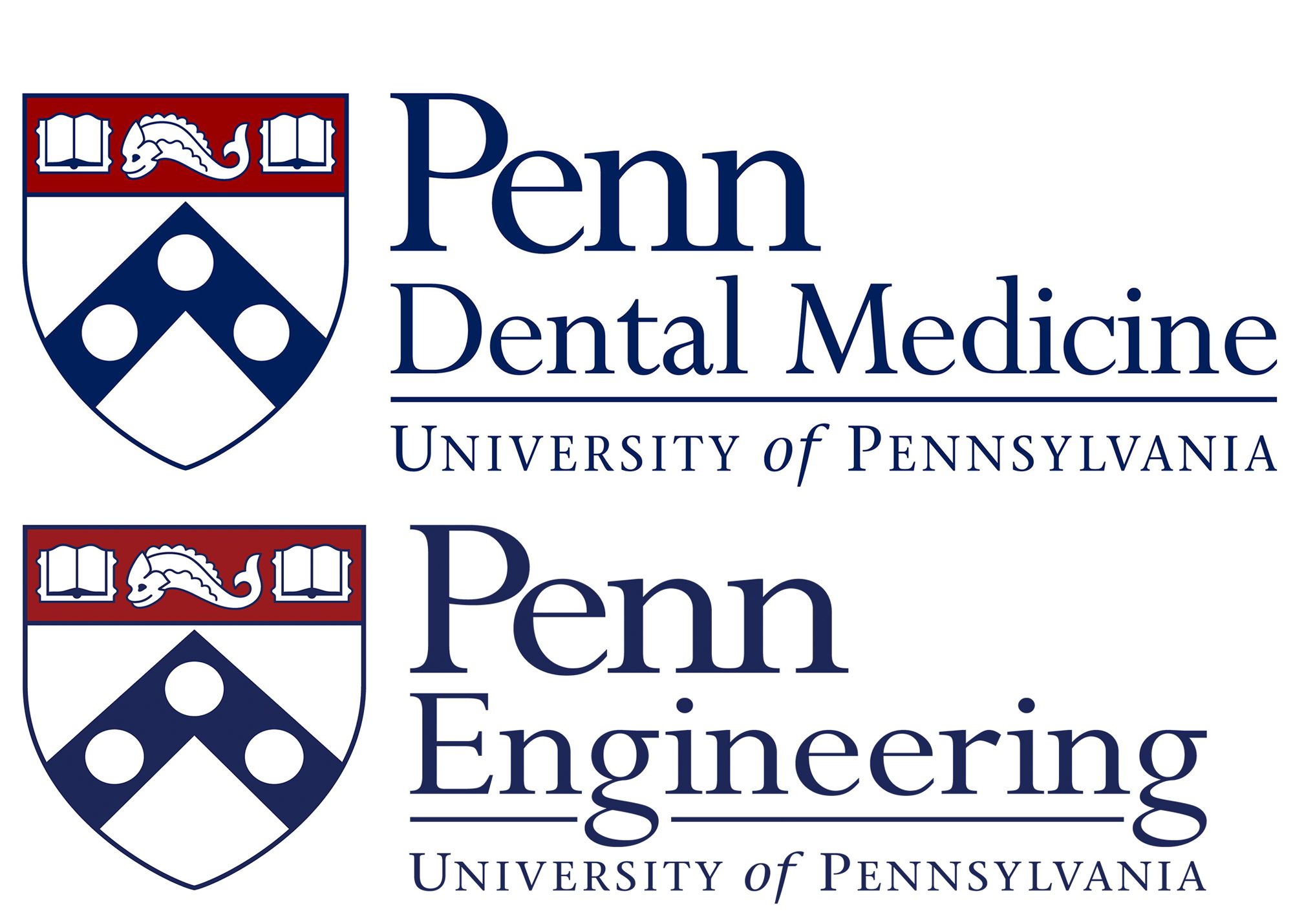New Study Shows Microrobots Can Brush and Floss Teeth
This new study from the University of Pennsylvania’s dental and engineering colleges has created microrobots that can brush and floss teeth.
New Study Shows Microrobots Can Brush and Floss Teeth

A new study from the University of Pennsylvania has demonstrated that minuscule microrobots can act as complete oral care companions, brushing, flossing, and rinsing all in 1. This technology harnesses iron oxide nanoparticles that contain catalytic and magnetic behaviors. Dental clinicians can direct these nanoparticles using a magnetic field, forming bristle or string structures to brush and floss teeth. The catalytic reaction drives nanoparticles to produce antimicrobials necessary to eliminate oral bacteria.
The study experimented with this microbot system and found that biofilm was easily eliminated through it. This could have positive implications for patients that struggle with oral home care, according to Hyun (Michel) Koo, professor at Penn’s School of Dental Medicine, and co-corresponding author of the study.
“Routine oral care is cumbersome and can pose challenges for many people, especially those who have a hard time cleaning their teeth,” Dr Koo said in a press release from the University of Pennsylvania. “You have to brush your teeth, then floss your teeth, then rinse your mouth; it’s a manual, multi-step process. The big innovation here is that the robotics system can do all 3 things in a single, hands-free, automated way.”
This study was inspired by a drive to innovate and disrupt toothbrush and oral home care design, according to Dr Koo, and was collaborated on by both Penn Dental Medicine and Penn Engineering. Both schools were researching iron oxide nanoparticles and their application in magnetically controlled microrobots.
It is a programmable system that contours to nooks and crannies in the teeth and gums, based on experiments done with both 3D-printed tooth models and human teeth. Through it, Penn researchers hope to create a device that fits in the mouth.
This study was co-authored by Penn Dental’s Dr Koo, Min Jun Oh, Alaa Babeer, Yuan Liu, and Zhi Ren. It was also co-authored by Penn Engineering’s Edward Steager, Jingyu Wu, David Issadore, Kathleen Stebe, and Daeyeon Lee. It was supported in part by the National Institute for Dental and Craniofacial Research, Proctor & Gamble, and the Postdoctoral Research Program of Sungkyunkwan University.